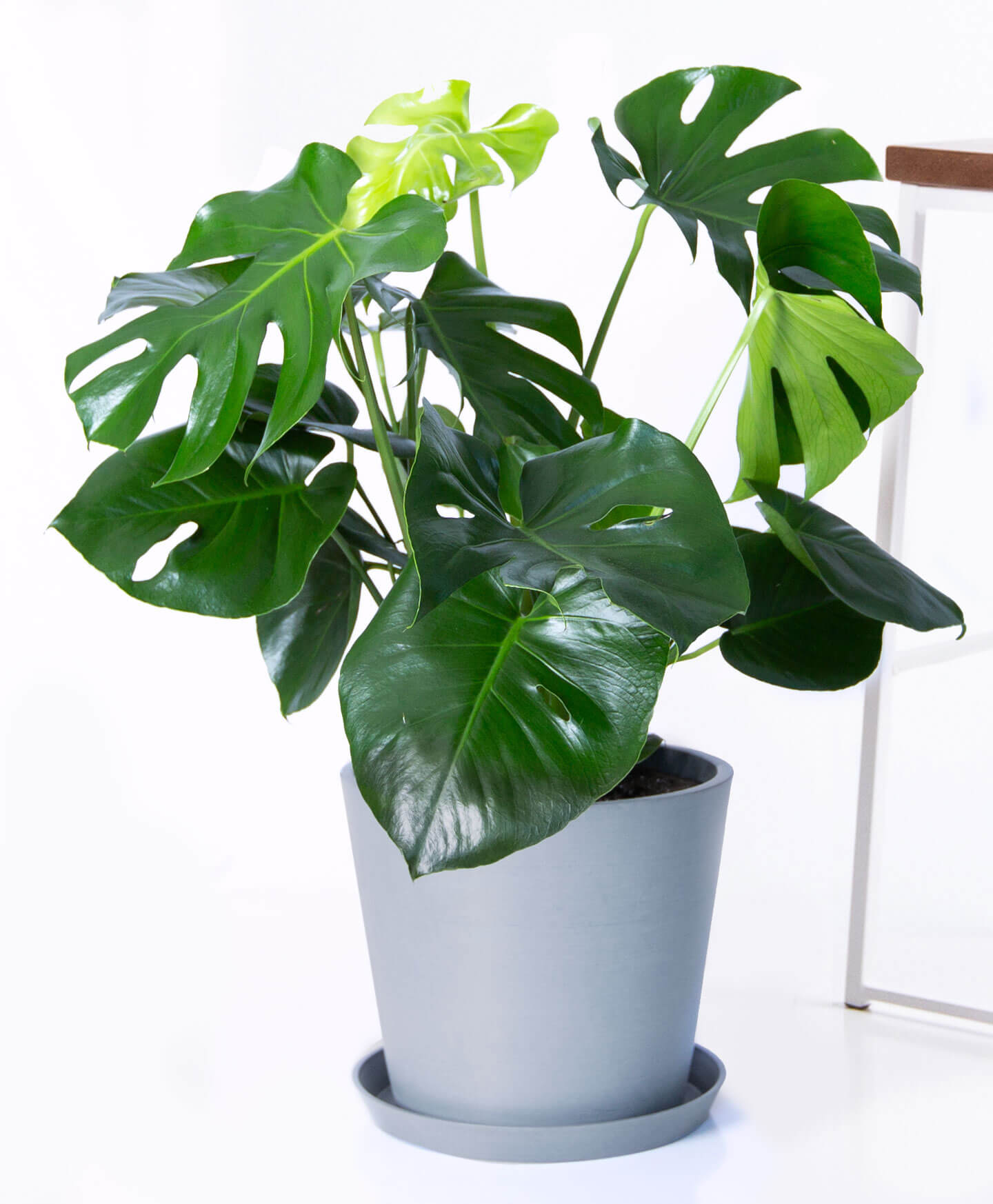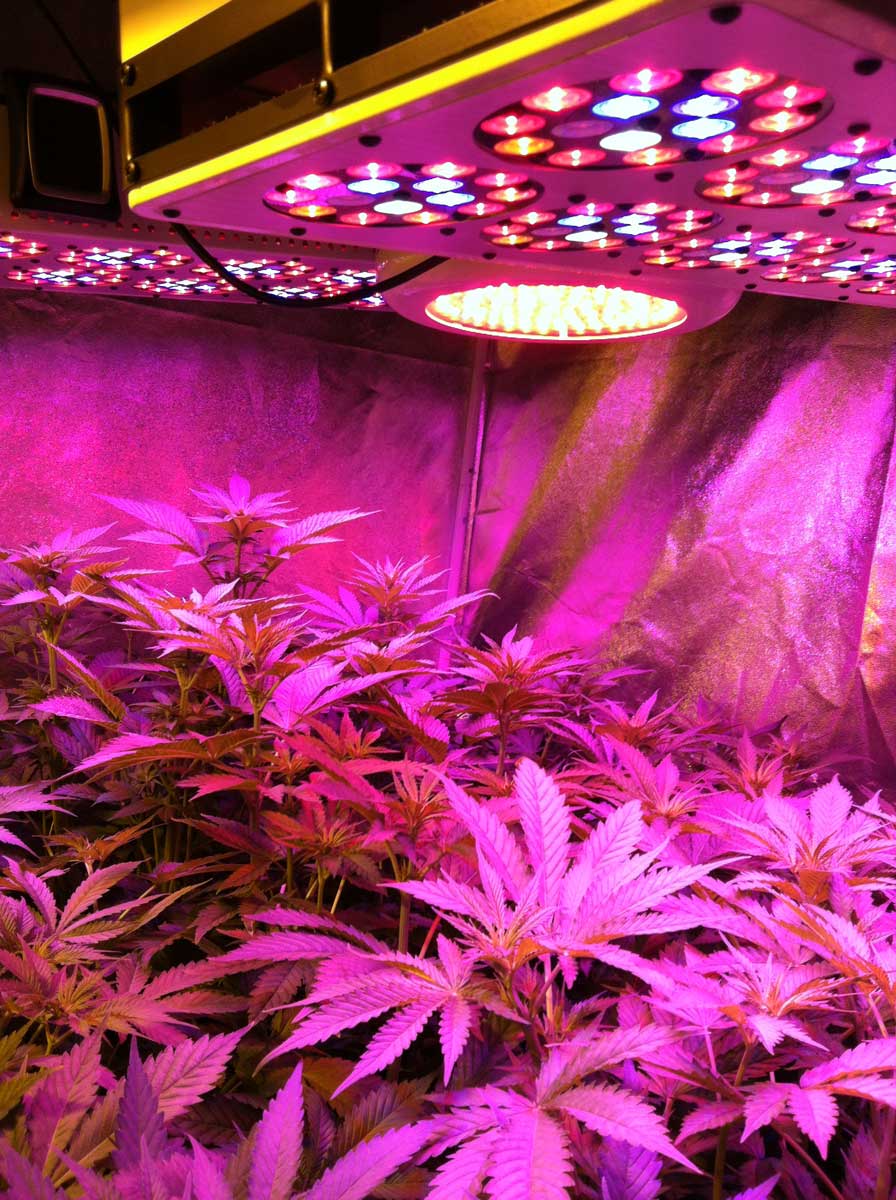How to Start a Winter Garden Indoors: A Comprehensive Guide

As the chill of winter sets in, many gardeners feel a pang of longing for the vibrant greenery and fresh produce of summer. But what if you could bring the garden indoors and enjoy the fruits of your labor year-round? Starting an indoor winter garden is not only possible but also incredibly rewarding. Let's dive into the world of indoor plants, grow lights, container gardening, winter vegetables, and even hydroponics to create your own thriving indoor oasis.
Why Start an Indoor Winter Garden?
Imagine the satisfaction of harvesting fresh herbs and vegetables right from your kitchen counter. An indoor winter garden not only provides a continuous supply of fresh produce but also enhances your home's aesthetic and air quality. Plus, it's a fantastic way to keep your green thumb active during the colder months.
Essential Tools and Supplies
Before you dive into planting, you'll need a few essential tools and supplies. Here's a checklist to get you started:
- Containers: Choose pots or trays that suit the size of your plants.
- Grow Lights: Invest in full-spectrum LED grow lights to mimic natural sunlight.
- Soil: Opt for well-draining potting mixes suitable for indoor plants.
- Seeds or Seedlings: Select winter-friendly varieties like spinach, lettuce, and herbs.
- Watering Can: A small watering can with a fine nozzle is ideal for indoor plants.
- Fertilizer: Use a balanced, water-soluble fertilizer to keep your plants healthy.
Choosing the Right Indoor Plants
Not all plants thrive indoors, especially during winter. Here are some winter-friendly options:
- Herbs: Basil, parsley, and mint are great choices.
- Vegetables: Spinach, lettuce, and microgreens grow well indoors.
- Houseplants: Consider easy-to-care-for plants like snake plants, pothos, and peace lilies.
Setting Up Your Grow Light System
Grow lights are essential for indoor gardening, especially during the shorter days of winter. Full-spectrum LED grow lights are the best choice as they mimic natural sunlight and are energy-efficient.
Tips for Using Grow Lights
- Positioning: Place your grow lights about 6-12 inches above your plants.
- Timing: Most plants need 12-16 hours of light per day.
- Rotation: Rotate your plants regularly to ensure even light exposure.
Container Gardening Tips
Container gardening is perfect for indoor spaces. Here are some tips to get you started:
- Choose the Right Container: Ensure your pots have drainage holes to prevent root rot.
- Soil Selection: Use a well-draining potting mix designed for indoor plants.
- Watering: Water your plants when the top inch of soil is dry. Avoid overwatering.
Exploring Hydroponics
Hydroponics is a soil-less method of growing plants using nutrient-rich water. It's an efficient way to grow plants indoors, especially if space is limited.
Benefits of Hydroponics
- Faster Growth: Plants grow faster and yield more.
- Space Efficiency: Hydroponic systems take up less space.
- Water Efficiency: Uses less water than traditional gardening.
Getting Started with Hydroponics
- System Selection: Choose a hydroponic system that fits your space and budget.
- Nutrients: Use a balanced hydroponic nutrient solution.
- Maintenance: Regularly check and adjust the pH and nutrient levels.

Caring for Your Indoor Winter Garden
Caring for your indoor garden involves a few key tasks:
- Lighting: Ensure your plants get enough light.
- Watering: Water regularly but avoid overwatering.
- Fertilizing: Use a balanced fertilizer every 4-6 weeks.
- Pest Control: Keep an eye out for pests and treat them promptly.
Troubleshooting Common Issues
Even the most experienced gardeners encounter issues. Here are some common problems and solutions:
- Yellowing Leaves: Could be due to overwatering or nutrient deficiency.
- Wilting: Could be due to underwatering or pests.
- Slow Growth: Could be due to insufficient light or nutrients.
Conclusion
Starting an indoor winter garden is a rewarding hobby that brings the joy of gardening into your home year-round. With the right tools, plants, and care, you can enjoy fresh produce and vibrant greenery even in the coldest months. So, why wait? Get started on your indoor winter garden today and reap the benefits of a thriving indoor oasis.
FAQs
What are the best vegetables to grow indoors during winter?
- Spinach, lettuce, microgreens, and herbs like basil and parsley are great choices.
How much light do indoor plants need?
- Most indoor plants need 12-16 hours of light per day. Full-spectrum LED grow lights are ideal.
What is the best soil for indoor plants?
- A well-draining potting mix designed for indoor plants is best.
How often should I water my indoor plants?
- Water your plants when the top inch of soil is dry. Avoid overwatering.
What are the benefits of hydroponics?
- Hydroponics offers faster growth, space efficiency, and water efficiency compared to traditional gardening.

Start your indoor winter garden today and enjoy the rewards of fresh produce and beautiful greenery all year long!
0 Response to "How to Start a Winter Garden Indoors: A Comprehensive Guide"
Post a Comment